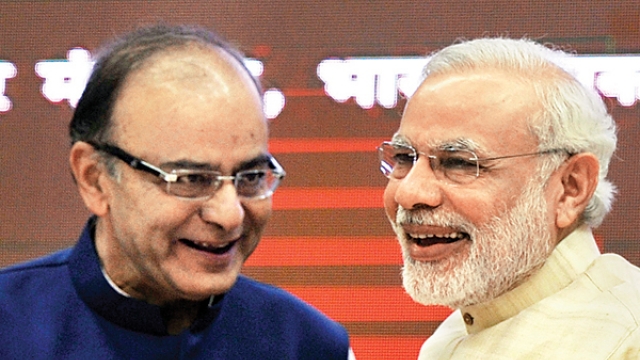India had ‘socialism without entry’ before economic liberalization in the early 1990s. This had a negative impact on the nation’s economy and India witnessed the ‘Hindu rate of growth’. The problem was solved in the early 1990s when the country moved towards becoming a capitalist economy with the advent of economic liberalization. However, the larger framework of the political economy of the country remained ‘capitalism without exit’. The lack of a proper framework for insolvency amassed huge Non-Performing Assets (NPAs) which hampered the health of the banking sector as well as retarded the growth of the economy. Modi government brought the path-breaking policy in the form of ‘Insolvency and bankruptcy Code’ (IBC) to solve the problem of ‘capitalism without exit’.
After the government implemented IBC, RBI identified 12 big cases with loans worth 2.5 lakh crore rupees to solve on a high priority basis. The resolution professionals and lenders which primarily comprise of public sector banks were asked to take all the possible steps to resolve the 9 cases out of 12 high-profile cases. Three of these cases have been solved but remaining 9 are still in the process. The government has set March as the deadline for the resolution of remaining nine top-priority cases through the IBC process. After resolution of all these, banks would get a total of 2.5 lakh crore rupees which is more than the total recapitalization amount of 2.11 lakh crore allotted by the government to accelerate lending. These 12 cases accounted for almost one-fourth of the total NPAs (10 lakh crore rupees) of the banks.
“Almost all the cases are in absolutely final stages of resolution. So, it can be done,” said an official. The big cases resolved so far have been highly successful with creditors getting up to 64 percent of their money back.
Overall the creditors have been able to recover almost 58 thousand crore rupees out of the claimed 1.26 lakh crores through IBC resolutions. The recovery rate is around 46 percent in comparison to 26 percent in the pre-IBC era. Out of the total NPA of 10 trillion, 4 trillion is expected to pass through the IBC in 2019.
According to corporate affairs secretary Injeti Srinivas, 3 trillion rupees have been recovered so far in two years due to the implementation of IBC. 3500 cases with default around INR 1.2 trillion rupees were withdrawn from NCLT because creditors recovered money by threatening the debtors about going through the IBC. However, the pace of resolution under IBC is still slow despite the fact that law has put time constraint.
The Insolvency and Bankruptcy Code (IBC) has emerged as the most powerful weapon against the NPA problem as even the Economic Survey, 2018 mentioned that the new Insolvency and Bankruptcy code (IBC) has helped to improve the health of the banking sector. Earlier, several Indian companies were defaulting on their loans because initially there was no such law to dissolve companies. The promoters were sure that the management of the company will not go out of their hands. They kept applying for loans from the government banks by bribing the employees with the intention of never returning the loans back. Since the Modi government brought the Insolvency and Bankruptcy Code, companies have been running after the banks to pay back their dues because the IBC rules barred promoters of companies, being classified as non-performing assets, from bidding for these companies.
